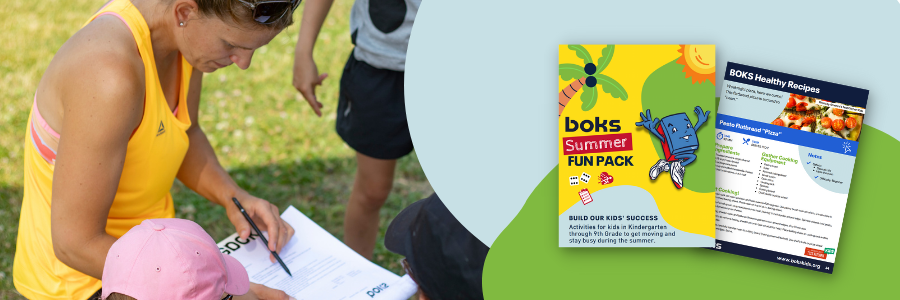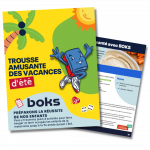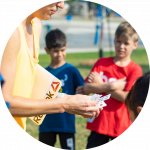Sometimes the hardest obstacle to running is simply getting out the door. As a collegiate runner, I can attest to the fact that mental barriers can be challenging to overcome. Whether dealing with injury or mental fatigue, nothing beats the feeling of finishing up a productive run. Finding new ways to stay engaged with the sport and keep getting time on your feet day after day can be a difficult task. The following are a few methods I highly recommend to make running more fun, and of course, to stay motivated each passing day. These are created with our BOKS trainers in mind, but many of these will be relevant for the kids you train as well.
1. Listen to music
This may seem obvious, but nothing gets me more excited and eager to run than putting on a good playlist. I typically listen to music during my warm up to get me in the mood, then leave it behind during the run to leave myself with my thoughts as I run. However, on some of my longer, solo runs, I’ll bring along a podcast to keep me occupied and I find that the time passes far quicker when my mind isn’t wandering. I definitely suggest giving this a try to avoid any mid-run doubts or mental fatigue.
2. Create a training log
Personally, I am a big fan of visualization and goal-setting. Before each season, I write my goals on a notecard and place it on my desk as a constant reminder to keep myself on my toes and to stay oriented during a training block. I also keep track of my mileage and workouts on a few different online training logs, and I cannot recommend these enough. A service like Strava, for example, allows you to keep track of all your activities, whether running, biking, swimming, etc., and gives you the option to set weekly goals for distance and time. You can also invite friends to share their training and encourage them every step of the way. You have the opportunity to earn prizes like discount codes on sports nutrition based on your activities completed. I always enjoy being able to see my month-to-month progress and assess my performances, and I find these training logs to be an essential tool to stay motivated and ready to get out the door every day.
3. Create a running group
I am spoiled with the ability to run with several teammates every day. Even when I am home from school, running with other people is the easiest and most effective way to foster the best possible exercise environment. With social distancing guidelines, group training can be tough these days, but when possible, I highly suggest gathering a group of runners to run together. Passing time with conversation, keeping each other motivated, and simply getting more social time are some of the best ways to stay on your feet. You can also check with your local running store to see if they have coordinated group runs, as many stores often do.
4. Explore new places
I am certainly an adventurous person, and there is nothing I enjoy more than finding new places to run. I’ve lived in the same area for 15 years and every time I am home, I am still able to find new areas to run. Whether it is a new trail section, a community park, or just a large plot of public land, it can be very enjoyable to find your new favorite running location. There are even numerous online resources to assist you with this type of search, as many local runners have probably had the exact same thoughts. In the early quarantine days of March 2020, I would find myself looking for a new, rarely busy running location almost every day.
5. Sign up for a race!
This one is by no means mandatory, as races aren’t appealing to everyone. However, if you need another tool to stay motivated, targeting a local 5k could be an excellent way to stay excited. Again, this has been difficult in the past year due to COVID-19 guidelines, but as time passes races have started to pop up again on calendars. A good start could again be a local running store, as they often advertise and put on various races throughout the year. Whether you do it solo or with a friend, it could be an excellent and fun experience. Many races also involve post-race food or another ceremony which is another exciting way to celebrate your achievement.
As stated previously, running creates far more mental roadblocks than physical ones. Every runner has experienced this! By considering a few of these suggestions, however, I know you will be able to find pleasure and entertainment. This sport has a place for everyone, no matter what your goals or past experience may be.


























 So, what exactly does mindfulness look like? While you might think of traditional meditation – sitting still with your eyes closed – that’s just one of many options you could choose to practice mindfulness. This practice can also be done while walking, laying down, inside or outside, and at any time of the day. Fortunately, BOKS, a free physical activity program for kids and families, has just launched a new Mindfulness & Movement Flows resource designed to take the planning out of mindfulness activities. Created by fitness instructors, this resource contains 25 short activities, ranging from 5 – 10 minutes in length, that all include a follow-along video. These activities are grouped into 5 categories:
So, what exactly does mindfulness look like? While you might think of traditional meditation – sitting still with your eyes closed – that’s just one of many options you could choose to practice mindfulness. This practice can also be done while walking, laying down, inside or outside, and at any time of the day. Fortunately, BOKS, a free physical activity program for kids and families, has just launched a new Mindfulness & Movement Flows resource designed to take the planning out of mindfulness activities. Created by fitness instructors, this resource contains 25 short activities, ranging from 5 – 10 minutes in length, that all include a follow-along video. These activities are grouped into 5 categories:














